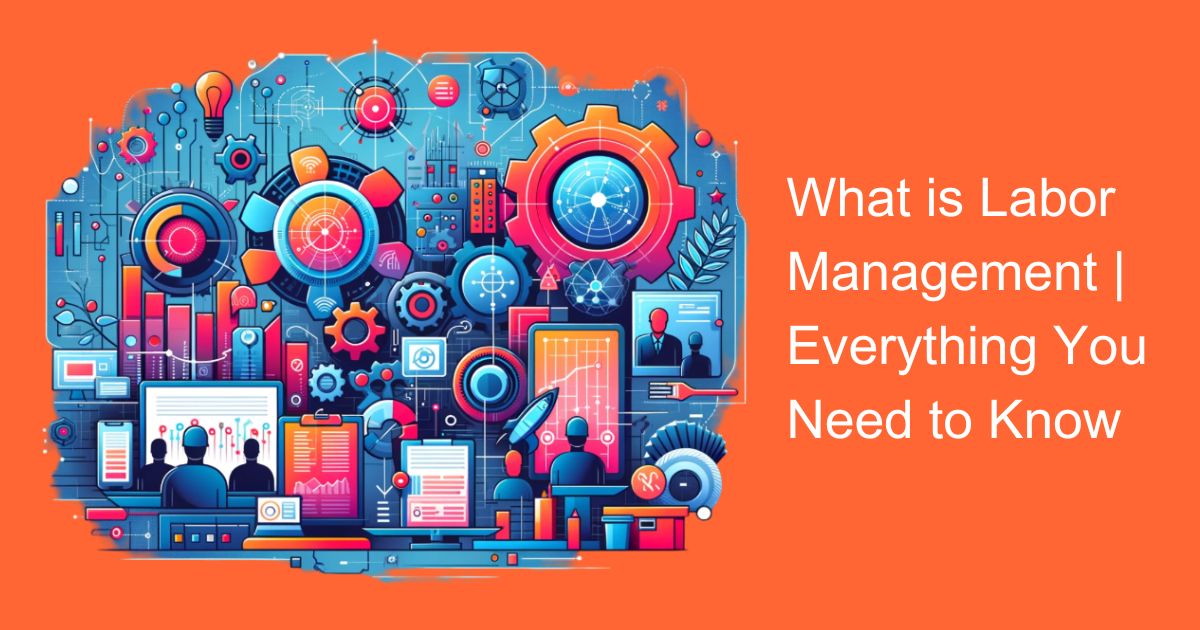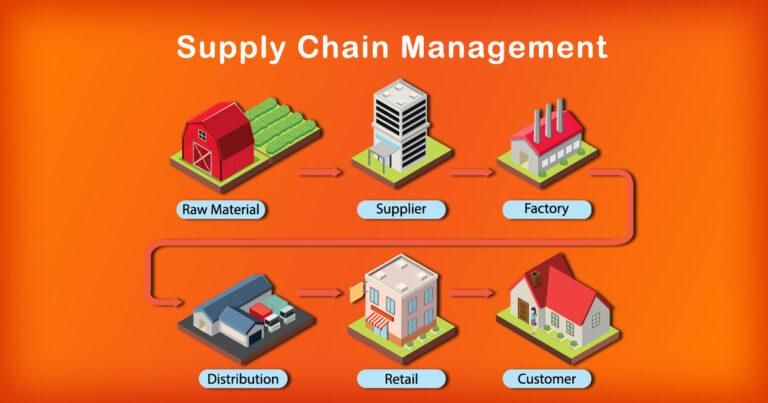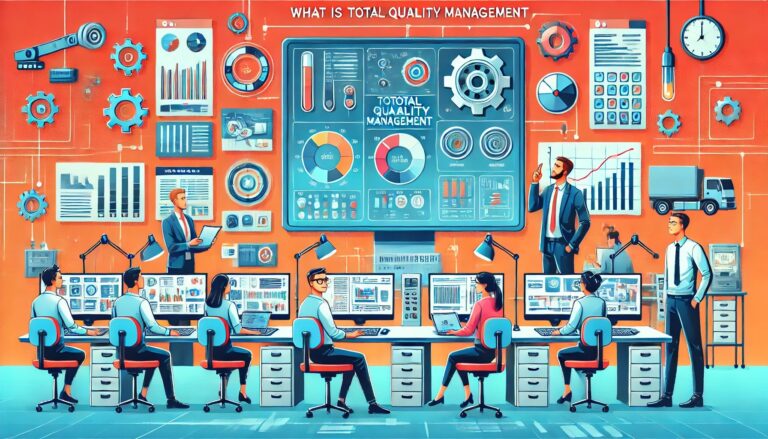Introduction
In the dynamic landscape of industries, labor management stands as a cornerstone of organizational success. With its roots deeply embedded in human resource management, labor management encompasses a plethora of activities aimed at optimizing workforce productivity, ensuring compliance with labor laws, fostering employee satisfaction, and ultimately contributing to the attainment of organizational goals. In the Indian context, where a diverse workforce operates within a complex regulatory framework, understanding the nuances of labor management becomes paramount for businesses striving for sustained growth and competitive advantage.
The Essence of Labor Management
At its core, labor management revolves around the effective utilization of human capital to achieve operational excellence. It encompasses a comprehensive array of functions, including workforce planning, recruitment, training and development, performance management, compensation and benefits administration, employee relations, and compliance with labor laws and regulations. By meticulously orchestrating these activities, organizations can align their human resources with strategic objectives, mitigate risks, and capitalize on opportunities for growth.
Navigating the Indian Labor Landscape
India, with its vast and diverse workforce, presents a unique set of challenges and opportunities for labor management. The country’s labor laws and regulations, spanning central and state jurisdictions, are intricate and often subject to amendments, making compliance a complex undertaking for businesses. Moreover, cultural factors, regional disparities, and demographic trends further accentuate the complexities associated with managing labor effectively in India.
Key Components of Labor Management in India
Compliance and Regulatory Adherence:
Ensuring adherence to labor laws and regulations is non-negotiable for businesses operating in India. From the Industrial Disputes Act to the Minimum Wages Act, organizations must stay abreast of the latest legal developments and proactively ensure compliance to avoid penalties and legal repercussions.
Workforce Planning and Recruitment:
With India’s burgeoning population and diverse talent pool, strategic workforce planning assumes paramount importance. Identifying skill gaps, forecasting future labor requirements, and devising effective recruitment strategies are essential for building a capable and agile workforce.
Training and Development:
Investing in employee training and development not only enhances individual competencies but also strengthens organizational capabilities. In India, where skill development is instrumental in addressing unemployment and fostering economic growth, initiatives such as the Skill India Mission underscore the significance of continuous learning and upskilling.
Performance Management:
Establishing robust performance management systems facilitates the alignment of employee efforts with organizational objectives. By setting clear performance expectations, providing constructive feedback, and recognizing and rewarding high achievers, businesses can nurture a culture of excellence and drive performance improvement.
Employee Relations and Engagement:
Cultivating positive employee relations and fostering a conducive work environment are imperative for employee satisfaction and retention. Effective communication channels, grievance redressal mechanisms, and initiatives promoting work-life balance play a pivotal role in enhancing employee engagement and morale.
Compensation and Benefits Administration:
Designing competitive compensation packages and employee benefits not only attracts top talent but also fosters employee motivation and loyalty. In India, where disparities in wage levels exist across industries and regions, ensuring fair and equitable compensation practices is essential for employee satisfaction and organizational stability.
The Role of Technology in Labor Management
In an era characterized by digital transformation, technology serves as a potent enabler of labor management practices. From advanced workforce management systems and payroll software to employee self-service portals and analytics tools, technology solutions empower organizations to streamline processes, enhance transparency, and make data-driven decisions. In the Indian context, where the adoption of digital technologies is rapidly gaining momentum, leveraging technology for labor management can yield significant efficiency gains and strategic insights.
Conclusion
Labor management, in essence, is the art and science of harnessing human potential to drive organizational success. In the Indian context, where the labor landscape is multifaceted and dynamic, mastering the intricacies of labor management is indispensable for businesses aiming to thrive in a competitive environment. By prioritizing compliance, fostering employee engagement, embracing technological innovations, and adopting best practices, organizations can unlock the full potential of their workforce and chart a path towards sustainable growth and prosperity.








